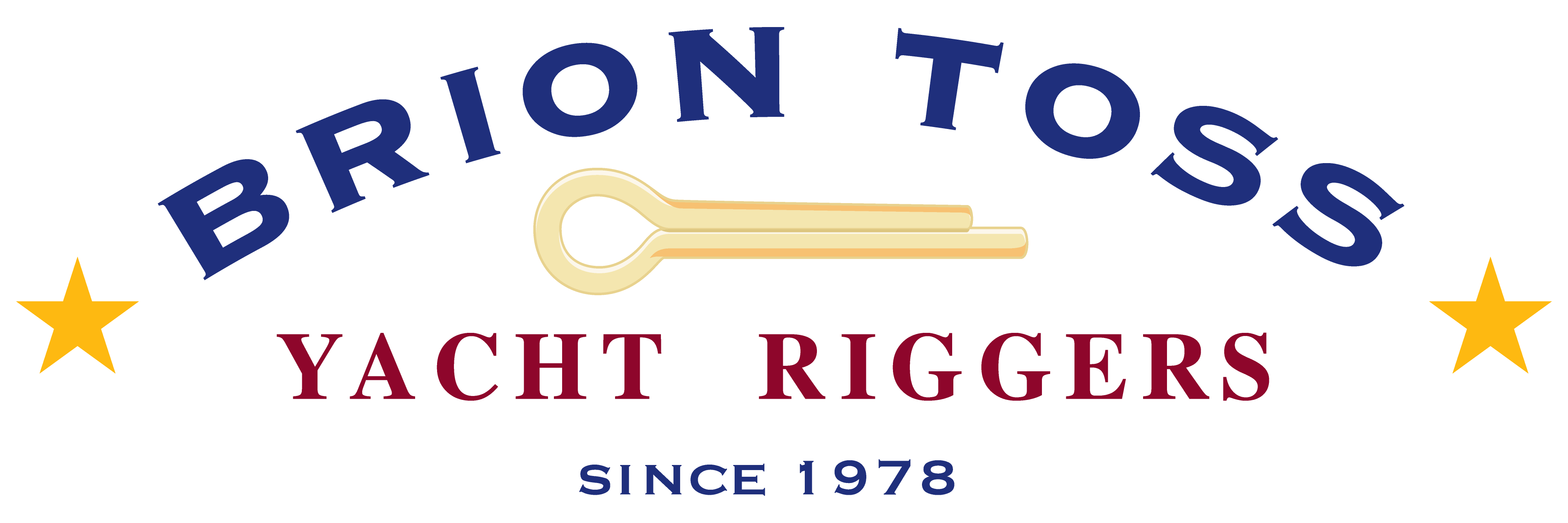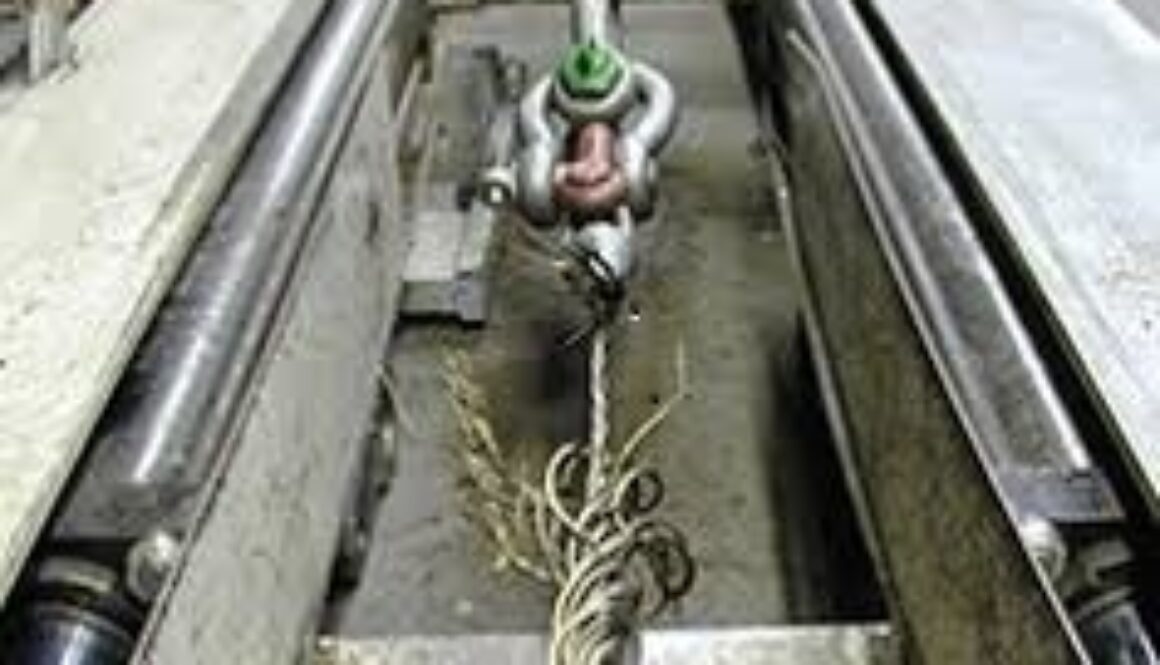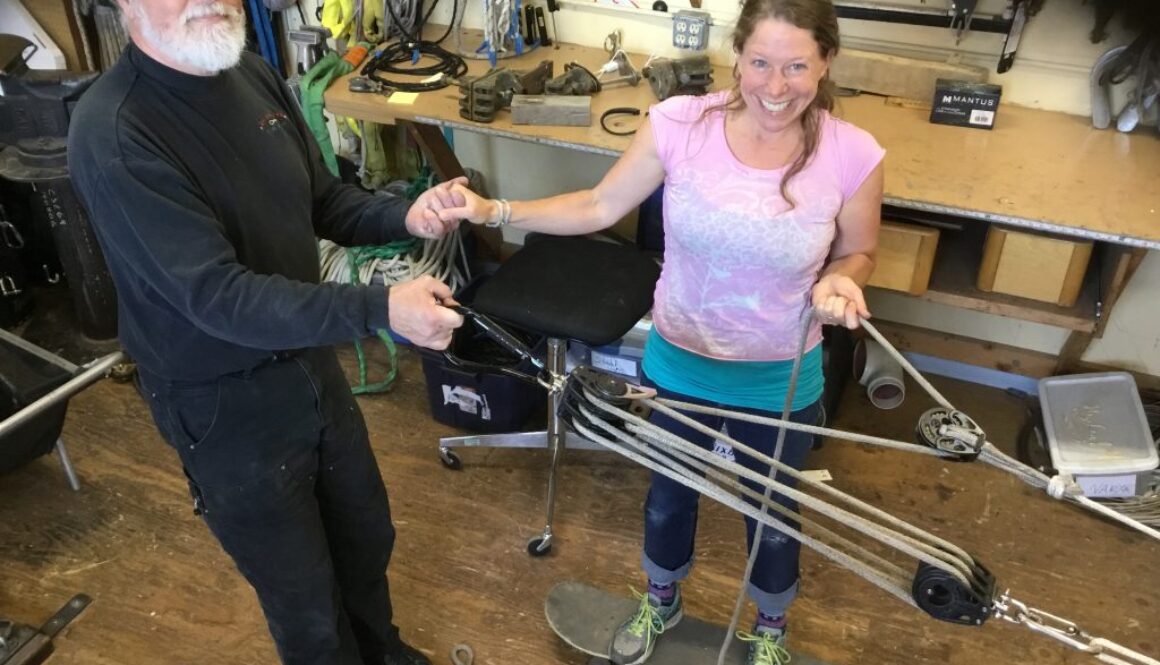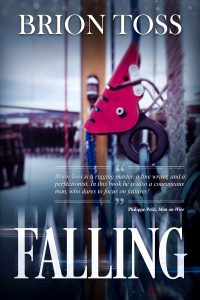As surveyors, our work is based on the skills and knowledge of others, on lessons learned, often at great expense, given as a gift to us. A surveyor is the holder of a template, a vision collated of the ideal and the practicable, a filter through which to view our subjects.
This template, in order to be valuable, must be firm and certain enough to provide a foundation for standards, and yet plastic enough to allow for changes wrought by new technologies, new theories and perspectives, and new data from the field. It must allow us to make our own contributions, our own gifts, and to provide a way for the surveyor to keep the forest in mind while examining individual trees, and even individual leaves. Concerted study and analysis is indispensable if one hopes to be a good surveyor; the creation of such a tactically and strategically all-encompassing template is clearly beyond the abilities of any one individual. We must, as in any other worthwhile endeavor, stand on the shoulders of giants.
Surveying is often seen as the process of noticing decay, and this is a big part of the art; fractures, corrosion, dents, and other flaws can compromise a rig, making it unsuited to face the demands placed on it by the sea. But meaningful survey is also about design, for how can we know how serious a problem is if we don’t understand how the problem affects the system? Design is abstract, but it has real consequences. Here’s an example:
Hunter sailboats feature the B&R rig, a brilliantly innovative take on the standard Bermudian rig. Because it is innovative, it is often misunderstood, especially in the matter of tuning; the loads interact and accumulate much differently than they do in a standard Bermudian rig. A well-tuned B&R is a marvel of forces resolved in three dimensions, an exquisitely balanced cascade of tension and compression. A poorly-tuned B&R is an ungainly assembly of wires and struts that are at war with one another. Most B&R’s are not well-tuned. I learned about this from Lars Bergstrom, the “B” in “B&R”. I came to the conversation with a dim-but-serviceable grasp of the principles of geometry, and a notion of how to apply those principles to a sailing rig; He gave me an appreciation for the variables of load paths that clarified how his rig works – and in the process he gave me a better idea of how standard rigs work. I was able to bring this information into the category of surveying because Lars’s ideas accurately predicted that mistuning a B &R rig can, among other things, tend to accelerate fatigue on the lower shrouds. I won’t go into the details here, but the short form is that, if you proceed carelessly, the wires at the middle and top of the mast can add loads to the already-loaded lower shrouds.
If B&R rigs were more common, it is likely that the knowledge of how to treat them would be more common. As it is, they are rare, and confined almost exclusively to boats made by Hunter; they have become something of an identifying symbol for that one manufacturer. In terms of general perception, how to tune them, much less how their characteristics relate to the hull form, matter less than that they are a distinct, somewhat quirky visual cue that says, “Hunter.”
This rig has evolved over the years. Some early ones were masthead rigs, whereas nowadays fractional is the rule. Hunter’s used to have standing backstays, which became gradually vestigial, until they were discarded altogether. Over the same period the spreaders swept further and further aft, so that the shrouds incrementally took over the backstay’s function.
Over the same period, Hunter owner demographics evolved into a group that in general has no interest in furling a big main the old-fashioned way. That’s why you now have to special-order conventional mains’l furling; in-mast furling is now standard. This mains’l furling fact is crucial to riggers, and thus rig surveyors, because for in-mast furling to work efficiently, mast bend must be minimized, ideally not exceeding 2”, according to the specifications of Selden, the builder of these excellent masts. Otherwise the luff of the sail, instead of floating relatively freely in the cavity of the mast, bears on one spot, at the point of greatest mast bend, inducing unacceptable amounts of friction when furling and setting. Fair enough, but Lars Bergstrom had in mind a rig that was emphatically meant to be bent, and which was stable and efficient with a strong bend in it. It is a mast that won’t wander about, a mast that can be shaped to an exquisite degree, to get the most out of the main. This is important, because in this boat, as with any fractional rig, the jib is relatively small, and acts to deliver energy to the powerhouse that is the main. The aft sweep of the spreaders, in addition to pulling the masthead aft, produces compression that pushes the spreaders forward, and this facilitates getting a strong bend. Tuning the bend to within 2” or so of straight, without producing uneven stresses in the rig, takes serious skill, because you have to defang all that spreader compression; judging by all the problems we see related to tune in these boats, some riggers do not possess this skill.
The B&R rig is notable for its sharply aft-swept spreaders and in-mast furling, but other manufacturers produce similar rigs. A popular and very nice example is imported from France by Sparcraft, and in the American version of the manual the instruction is to tune the mast with no bend at all. But as with the B&R, the angle of the spreaders means the mast really wants to bend, and making it absolutely straight is just about impossible without some serious tuning distortions. After trying and failing, on one boat, to get a straight mast without imposing weird rig loads, I tried easing things off, and went for the same 2” bend that Selden recommends. It was as if the rig breathed a sigh of relief, and there was no increase in furling difficulty. I checked with Sparcraft on this, and they very kindly referred me to the French engineer who had designed the rig. He emphatically agreed that the 2” bend was the only mast shape that made sense, given those swept spreaders. But because the American manual remains unchanged, a good rig survey will frequently turn up unhappy loads — with resultant fatigue and performance issues — in these rigs.
This is just one example of how design can have an impact on rig survey. Other examples include the evolution of shroud staying angles, loading of components in discontinuous rigs, hardware failures inside single-line-reefing booms, and primary winch leads on center-cockpit boats, to name just a few. Rig survey, then, isn’t just about the strengths and weaknesses of materials, but the strengths and weaknesses of the surveyor’s understanding of the design.
In the next installment, we will look at Surveying the Materials. Meanwhile if you would like more information on this topic, see the pertinent sections in The Rigger’s Apprentice, and in my Rig Tuning video. You will find those and lots of other DVD’s, books, tools, and supplies in our online Store .
If you are in the mood for a good rigging puzzle, you can find the current one Here. It’s about winches.
If you would like to see my posts a day earlier than the public, sign up below.
Fair leads,
Brion Toss



